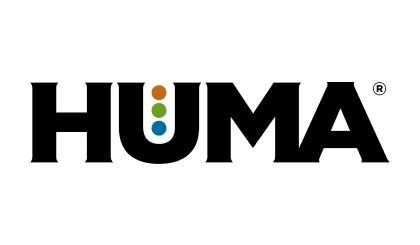This Week In Ag #129
The US corn industry is setting records like Michael Phelps. But they aren’t resulting in gold medals.
Based on last week’s USDA report, America’s corn growers are in the process of setting two records: total corn acreage of 97.3 million (last winter, TWIA boldly projected that planted corn acreage would rise well above 95 million), and average yield of 188.8 bushels per acre. When you account for projected harvested grain acres, that’s a record output of 16.7 billion bushels: a whopping 12.7% increase over last year. Warren County, Illinois – next door to my home county – is estimated to average an astounding dryland yield of 244 bushels per acre.
Yet many of those bushels will be without a home. That’s despite new crop corn export sales (excluding China) being at record levels. The exclusion of China (their new corn purchase is currently at $0) is obviously an issue.
Many inland corn markets are now trading in the $3.50s or below. According to the University of Illinois, projected 2025 breakeven costs for corn are $4.60 per bushel on cash-rented ground (which encompasses over half of corn acreage), $3.17 on owned land. Expect those numbers to increase dramatically. We’re already seeing it. I’ve heard reports of fall 28% UAN ranging between $340-370; a friend of mine booked it for $312 last year. Then there’s phosphorus. Farmers are receiving prices over $900 for fall-applied DAP. Urea is over $440.
Think back to those times when we had historically high fertilizer prices: 1975, 2008, 2012, 2021-22 all come to mind. They were mostly offset by historically high corn prices. During times of high corn prices, farmers are motivated to chase yield, so they’ll apply more fertilizer, thus driving up the price of fertilizer via demand. But that’s not the case now. We’re well beyond an inversion point between fertilizer and corn prices.
Corn-to-fertilizer ratios are also setting records. Again, for the wrong reasons. Urea is at historic unfavorable corn-to-fertilizer levels. DAP is even worse. Earlier this year, the ratio was 180 bushels of corn to buy one ton of P. It now takes 226 bushels of corn to buy one ton of phosphate.
Related Posts

4R Nutrient Stewardship Partner

PS and RWAAz Host PFAS Workshop
Probiotic Solutions®, along with the Rural Water Association of Arizona, conducted a workshop today on Per- and Polyfluoroalkyl Substances (PFAS) at Probiotic Solutions/Bio Huma Netics headquarters in Gilbert, Arizona. The workshop, titled “PFAS: The Phantom Menace,” featured presentations by Heather Jennings, PE, Director of Probiotic Solutions, and Marci Payne, Sales and Marketing Manager at Legend

A Powerful and Proven Strategy to Cut Wastwater Treatment Costs
Using our proprietary Micro Carbon Technology®, Probiotic Solutions® product BIO ENERGIZER® efficiently reduces sludge, odor, BOD, COD, and FOG’s. It’s a scientific formulation of organic acids, buffers, and nutrients designed to stimulate natural biological ecosystems that increase biooxidation of sludge in wastewater treatment plants, lagoons, and ponds. It also reduces grease and solids accumulation problems

